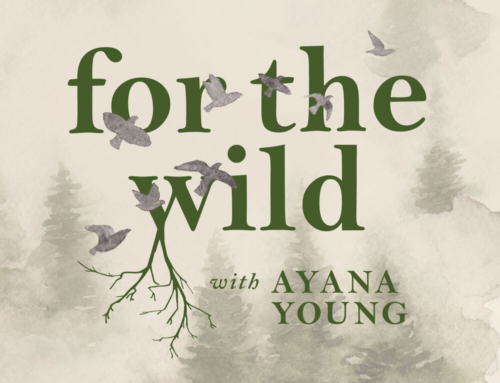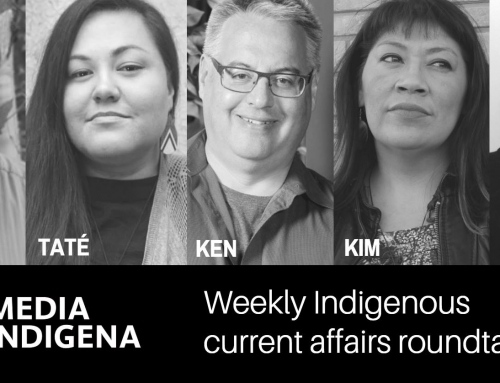
Members of the Havasupai Tribe, shown in 2010 looking at blood samples previously taken from them, had to fight for access to their samples, in an episode that fueled suspicion between scientists and several Native American communities. JIM WILSON/THE NEW YORK TIMES/REDUX
To overcome decades of mistrust, a workshop aims to train Indigenous researchers to be their own genome experts
SEATTLE, WASHINGTON—When Ripan Malhi started graduate school in anthropology in 1996, his lab at the University of California (UC), Davis, housed what he saw as a valuable scientific resource: a freezer of Native American blood samples. Burgeoning genetic tools offered a chance to study the population history of these groups, especially the still-mysterious timing of their ancestors’ arrival on the continent. Malhi began to extract and sequence DNA from the samples, which his adviser had collected over many years. As his research went on, however, Malhi realized there were few other Native American samples to compare with those on hand. So, he decided to collect more.
.
.
.
To understand why so many Indigenous people distrust Western scientists, consider how intertwined science has been with colonialism, says SING co-founder Kim TallBear, an anthropologist at the University of Alberta in Edmonton, Canada, and a member of the Sisseton Wahpeton Oyate in North and South Dakota. “While the U.S. was moving westward, stealing land, and massacring Indians, you had contract grave robbers coming out onto the battlefields and immediately picking up the dead—Native people—and boiling them down to bone, and sending their bones back east,” she says. Many of those skeletons were displayed and studied in museums by researchers who used them to argue for the biological inferiority of Indigenous people. Some of those skeletons are still there.
“Science was there, always. It’s part of that power structure,” TallBear says. Just 20 years ago, researchers sued for and won the right to study the Ancient One, also called Kennewick Man, a 9000-year-old skeleton from Washington, over the objections of Indigenous groups. (The Ancient One Indigenous to five tribes who claimed him in 2017, after DNA testing suggested a genetic link between him and living tribal members.)
.
.
.


